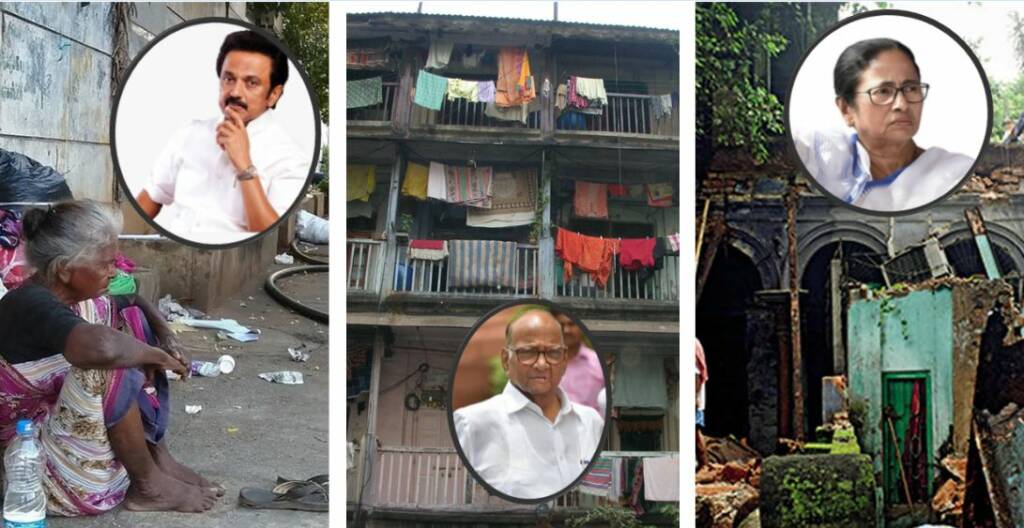The Indian cities have been used by state governments as colonies for decades, especially when it is a capital of a state that is being ruled by a regional party whose voter base resides in rural areas or outside any major city. The major cities of the country like Mumbai, Chennai, Kolkata have been used as a colony by the state governments. The people of these cities pay huge taxes – which is then used for freebies in the rural areas where the majority of the voter base resides – and the cities get very little in return, not even proper transportation infrastructure.
For example, the NCP has used Mumbai as a cash cow because it does not have anything to lose in the city. The kind of extortion business NCP Home Minister Anil Deshmukh was running in Mumbai would never be allowed in Pune or Amravati because Western Maharashtra and Marathwada are the bastions of the Sharad Pawar led party.
The financial capital of India accounts for almost 6 per cent of the country’s GDP, 30 per cent of Income-tax collections, 20 per cent of excise collections, 60 per cent of customs duties and 4,00,000 crore rupees of corporate tax collections. In FY19, the total tax collection from Mumbai was 3.52 lakh crore rupees while the collection from Delhi was 1.60 lakh crore rupees, less than half of Mumbai. If Mumbai is lost, Maharashtra will be like a toothless tiger.
Kolkata, which used to be the financial capital of the country till the late 60s, declined to today’s dilapidated level after almost five decades of Communist and TMC rule. The parochialism of the Left which banned English education in government schools below class 8 and harassed the Gujarati and Marwari businessmen – who were doing business in the city since Mughal times – led to the decline of the city. The Communist government’s disdain for capitalists and industry forced many business houses out of Kolkata and restricted the entry of new businesses.
Today, thousands of middle-class Bengali people could be seen working across Information Technology, Media and Entertainment, and other corporate sectors as professionals. The state has an abundance of ‘good human capital’ due to the introduction of modern education very early as compared to other regions of the country. But the modern service industries like Information Technology, Automobile, Banking and Finance firms never opened units in West Bengal due to the apathy of the Left Front government towards the capitalists. Rigid labour laws, graft, trade unionism were other factors that kept these sectors away from cities of West Bengal, more specifically, Kolkata.
The middle-class Bengalis started moving outside the state in search of opportunities. Bengali professionals with very familiar surnames could be found in top management positions in almost all large companies. But while Bengalis across the country thrive, Kolkata remained poor and badly governed.
The same is happening with the cities like Hyderabad for the last few years. The populist government of KCR is increasing the tariffs on water and electricity as well as other taxes under its control to distribute freebies in the rural areas of the state. The public debt of Telangana has increased exponentially in the last few years due to indiscriminate expenditure to win elections, and this money would be paid back by taxing the people and businesses of Hyderabad because that is the only source of revenue for the TRS government.
Although the decline of Hyderabad is in its very initial stage and not very visible yet, if the same public finance policies continue for another few years, it shall go the Kolkata way.
Due to the misgovernance of the regional parties and their insatiable hunger to deliver freebies to their constituency, one after another city of the country is being destroyed. Delhi-NCR has grown exponentially in the last two decades despite the populist AAP government because, unlike other regional parties, its voter base does not reside outside the city. And, if the other cities are given freedom from the present state of colonialism, they too shall grow at a rapid pace.
